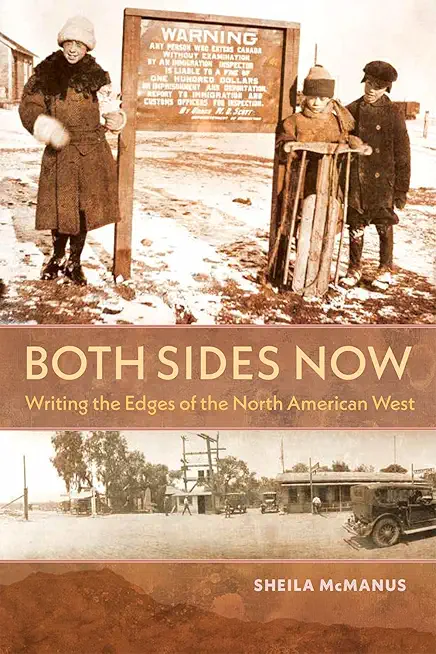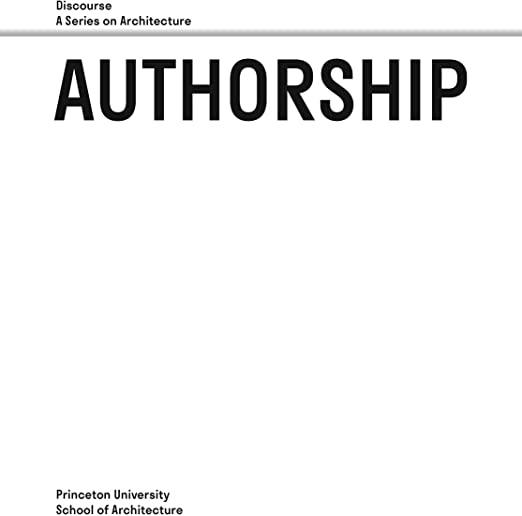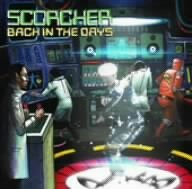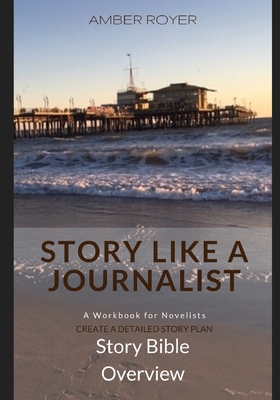
Want to write novels that feel real enough to the reader to have been ripped from the headlines, whatever your genre? Think like a journalist. Journalists consult sources and reference materials to find realistic detail for their stories. But if you're a novelist - you have to build the reference source for your story world from scratch.
In this textbook/workbook you will learn how to apply the 5-Ws and H to the building blocks of the novel, in order to start building a Story Bible. (Other workbooks in this series cover each 5-Ws question in depth, adding to the overview information found here).
This workbook also deals with how to get organized and set parameters for your work, and how to apply lessons from the journalism classroom to novel writing. It also discusses how to research effectively, so that you can apply real-world history, science and location information to your fiction. There is instructional material that focuses on understanding different aspects of what you are promising to deliver in your novel. All of this works in tandem with the worksheets.
--
Hemmingway worked as a newspaper journalist before he became a fiction writer. E.B. White did a stint at the New Yorker. L.M. Montgomery was a reporter in Halifax before tackling Anne of Green Gables. Margaret Mitchell got her start as a reporter for the Atlanta Journal Sunday Magazine. What these writers have in common: an excellent sense of character, and the ability to write clean prose that clearly puts forwards the characters' goals and motivations. This ability may well come from having mastered the journalistic art, which emphasizes creating a sound story that balances logic, research and emotional authenticity.
Even if you're working in a purely creative world, you can still use those principles, and learn to organize and research like a journalist, and to ask the questions a journalist asks either before or after you write your story.
member goods
listens & views
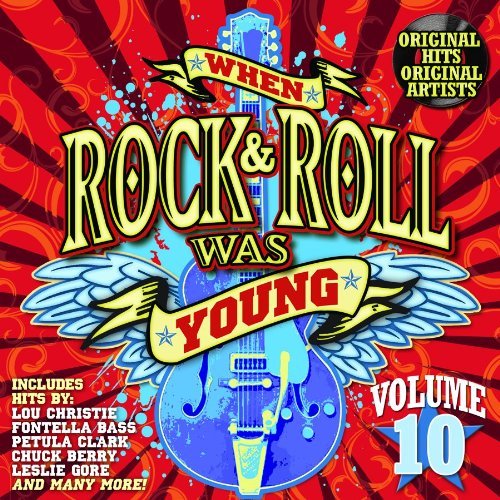
WHEN ROCK & ROLL WAS ...
by WHEN ROCK AND ROLL WAS YOUNG 10 / VARIOUS
COMPACT DISCout of stock
$13.25
